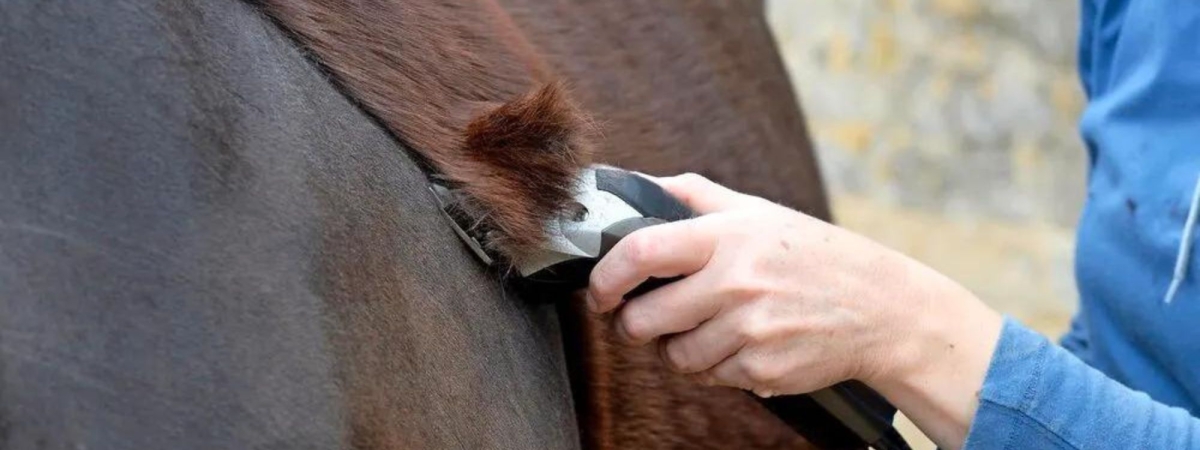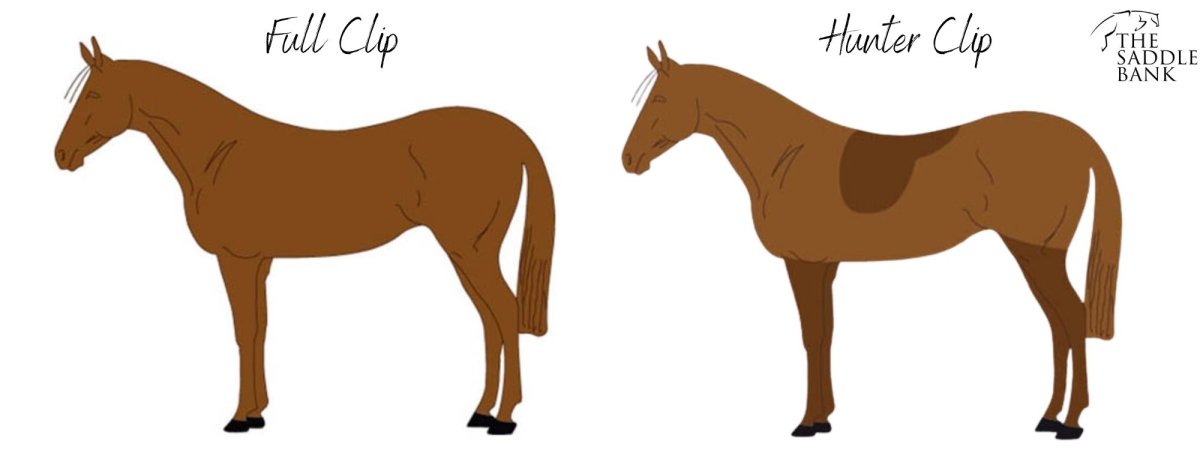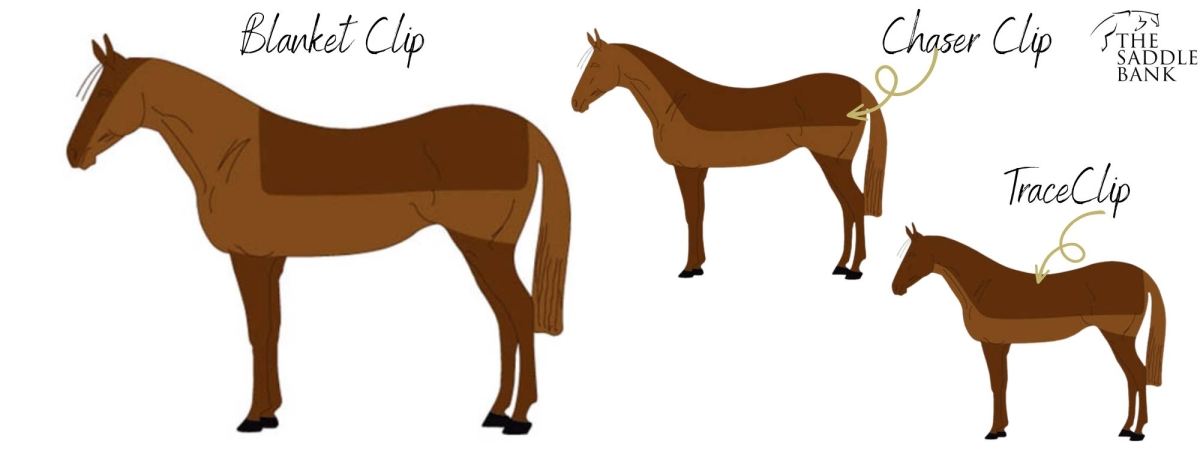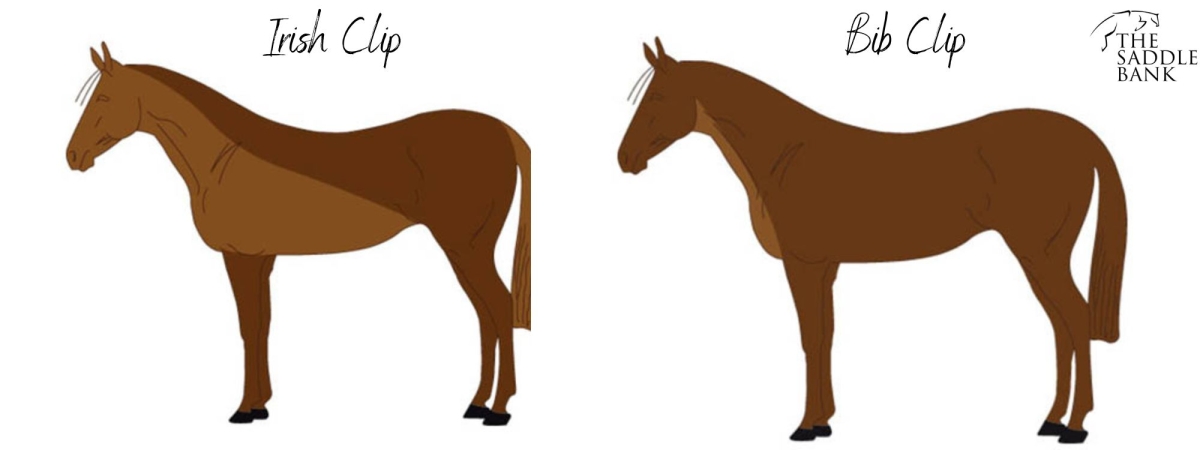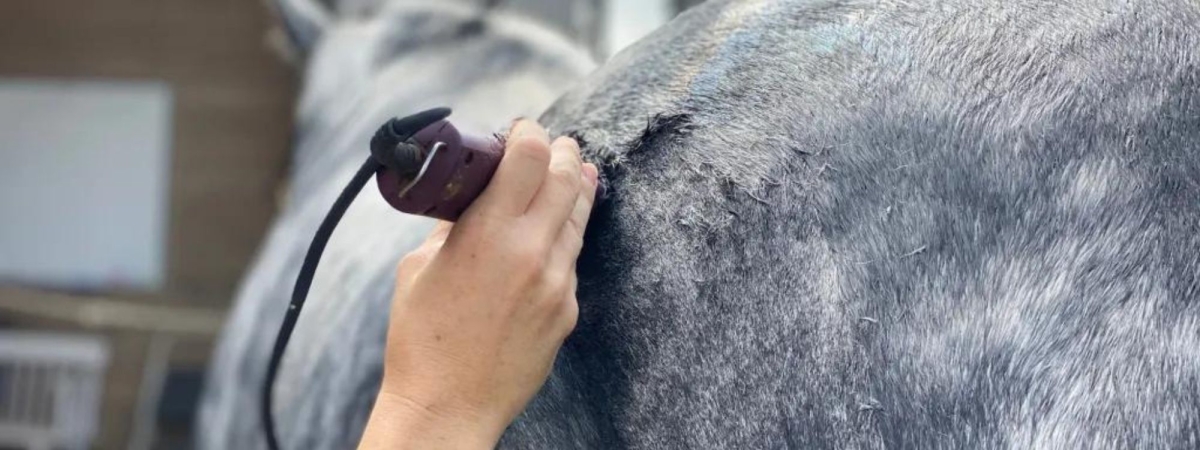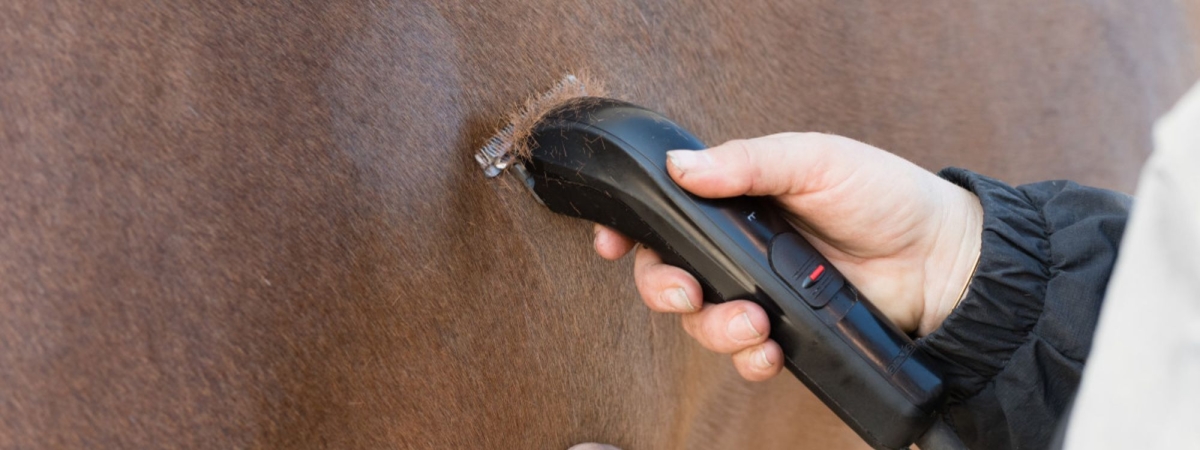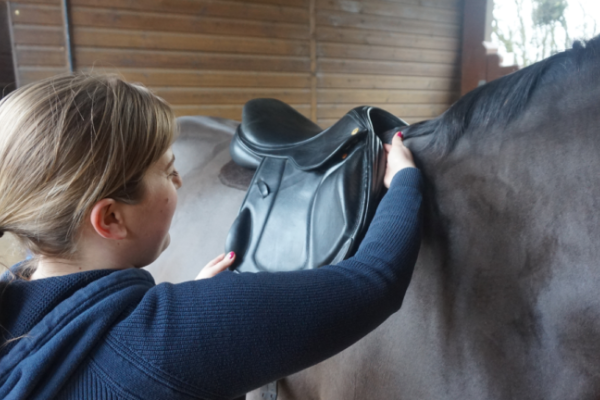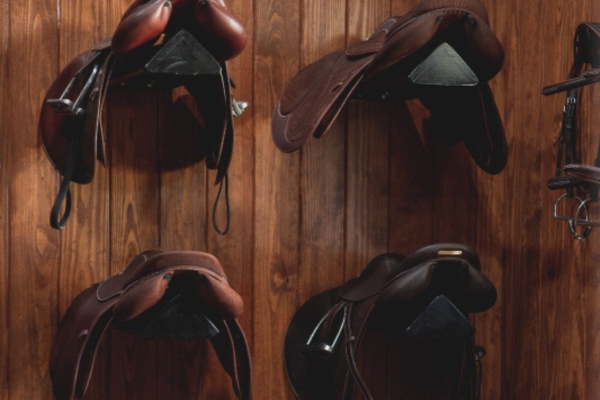When do we clip horses?
As the days start to shorten and winter approaches horses grow thicker coats and their skin produces more grease in order to keep warm and protect against the cold weather. Whilst this is essential for natural wild horses it can cause problems for domesticated horses especially those that are ridden or exercised regularly. When sweat mixes with the grease of the coat it creates a film that mats the thick hair together, causing the thicker coat to take much longer to dry and therefore preventing the horse from being able to keep warm. This can leave the horse susceptible to chills and illness.
Clipping involves removing the horse's coat by a machine and therefore allowing the horse to cool down quicker after exercise and reduce the amount of sweat produced. This helps to keep the horse in good condition as well as reducing time and labour involved in keeping the horse clean.
Different types of clips
Full Clip
- A full clip involves removing the entire coat including legs and face.
- Ideal for horses doing strenuous exercise such as hunting and competition horses.
- This type of clip makes the horse easier to clean and quicker to dry off.
- If a horse is particularly sensitive around the saddle region, such as thin skinned Thoroughbreds, a saddle patch can be left on.
Hunter Clip
- A hunter clip involves removing all the coat off the body except for a saddle patch and leaving the coat on the legs.
- Leaving the hair on the legs offers some protection from the cold and from thorns and conditions such as mud fever.
- leaving a saddle patch on reduces saddle friction and is often preferred for horses that are cold backed.
Blanket Clip
- Designed to look as if the horse is wearing an exercise blanket.
- Hair is removed from the head, neck, shoulder and belly.
- Ideal for horses that are in medium work.
- A popular choice for very sensitive cold backed horses.
Chaser & Trace Clip
- A chaser clip is for horses in medium work. It is similar to a blanket clip but with the top half of the neck left unclipped.
- A trace clip is for horses in medium to light work, it involces taking off less hair than the chaser clip so the neck line is lower so only the bottom section of the neck is clipped and the face remains unclipped.
Irish Clip
- The Irish clip is also suitable for horses in light to medium work
- Ideal for young horses as it is quick and easy to do without the fiddly part of doing hind leg lines.
- The hair is clipped in an almost diagonal line from infront of the stifle upto behind the ears, you can either clip a full or half face with this clip.
Bib Clip
- The bib clip is ideal for horses who are living out but in light work.
- Ideal for young horses as a first introduction to clipping
- The hair is clipped from the underside of the neck and chest, it can also go back past where the girth sits as well under the belly.
- This clip the least amount of hair is removed, just enough to reduce sweating for horses in light work.
Preparations before clipping
- If possible select a warm, dry day and always start in the morning.
- Ensure there is good lighting.
- Provide the horse with a hay net to prevent the horse from getting bored and restless.
- Always make sure the horse is clean and dry before clipping. A dirty coat will cause the blades to blunt much quicker and if the coat is wet or damp the blades wont be able to cut.
- As clipping can be quite time consuming, always ensure you have a rug/blanket to cover the horse up with to keep the horse warm.
How to start
- Its always recommended to start on the near side and on the shoulder of the horse, clipping against the direction of the hair.
- After the shoulder proceed to the neck, chest and belly, followed by the quarters and back.
- Repeat this order on the off side.
- Always keep the machine flat and never actively push the clippers, only guide them and allow the clippers to do the work.
- Make each sweep as long as possible.
- An assistant may be required for ticklish or difficult parts such as the head, belly, in between hind legs and elbow.
- It is very important to constantly check that the clippers are not over heating throughout the clip as this can burn the horse and damage he clippers.
After clipping
- Always give the horse a brush down with a soft brush and a warm cloth to remove any lose hair and surface scurf that may irritate the horse and cause discomfort.
- Always ensure the horse is fitted with a warm rug so as not to get cold.
Difficult Horses
- It can have a positive effect to stable a nervous horse next to a quiet horse that is being clipped. To familiarize the noise of the clippers.
- Get the horse used to a grooming machine so that it gets used to some noise and vibration.
- Playing some music or putting some cotton wool in the horse's ears may have a calming effect.
- Using smaller, battery powered clippers that are less noisy may prove beneficial. Although it may not be possible to achieve a full clip with these.
- The use of a twitch on the nose may be beneficial for difficult or ticklish horses.
- As a last resort sedation may be necessary but in order for the sedative to work effectively. The horse must be calm and unworried when it is administered. So always sedate the horse before starting and work quickly.






